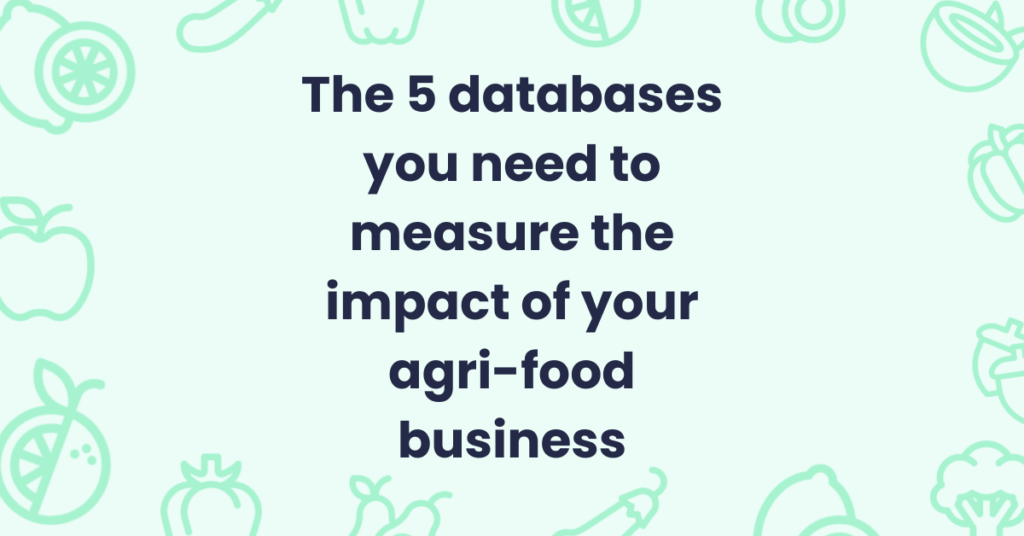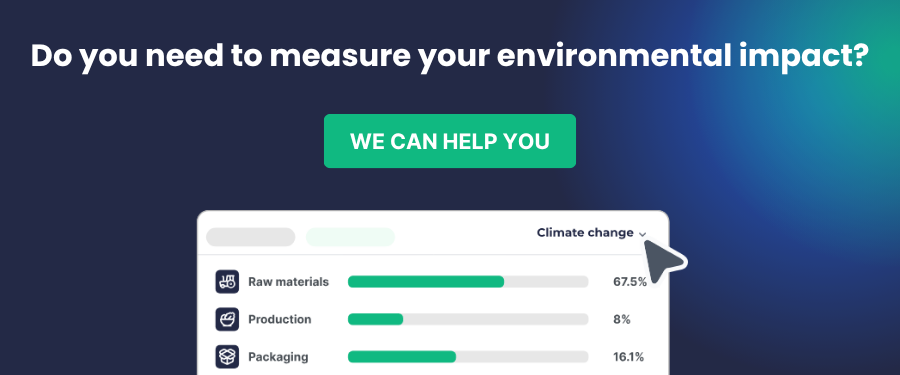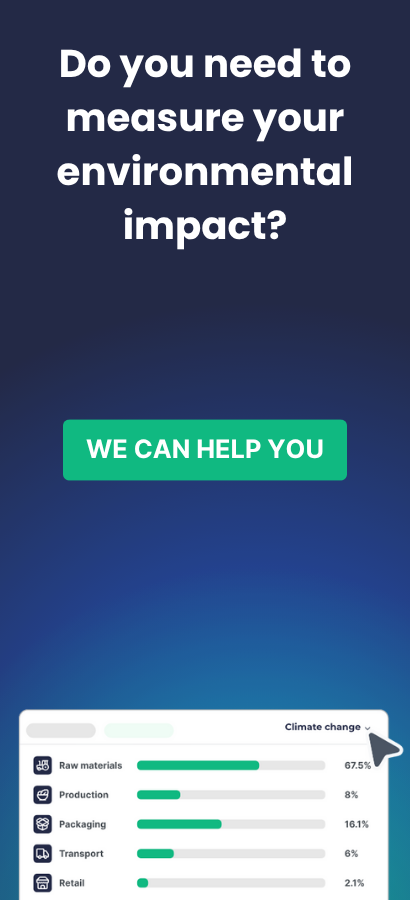The agri-food sector is one of the most complex and demanding in terms of sustainability, traceability, and safety.
Due to its characteristics and significance, it is essential to assess its environmental impact at every stage of the process to make informed decisions that could affect the entire population. However, the lack of data makes it difficult to evaluate the real effects this sector can have.
Farming, food processing, and transportation, for example, have vastly different energy and water consumption rates depending on geographical regions and techniques used. To compare them effectively, a common language is required.
The quickest and easiest way to quantify these impacts is by using external databases that reflect the specific conditions of each scenario.
Below are the five essential databases you should know if you want to assess the sustainability of your agri-food company or product:
🏡 1. MITECO (Ministry for Ecological Transition and Demographic Challenge – Spain)
You may be familiar with its Carbon Footprint calculator, but be aware that you might need the agricultural exploitation version instead of the organizational one. MITECO publishes annual Emission Factors specific to Spain, which allow for the calculation of Scope 1 and 2 emissions for most companies. The Emission Factors for the previous year are typically published in May or June of the following year (e.g., in 2025, the 2024 Emission Factors will be released) and only cover the impact on Greenhouse Gas (GHG) Emissions.
Key Points:
- Provides Emission Factors and tools for calculating Scope 1 and 2 of an organization’s Carbon Footprint.
- The Emission Factors are highly relevant for Spanish companies due to their geographical and temporal proximity but do not cover Scope 3 or Product Carbon Footprint assessments.
- Includes guidelines for creating a corporate Emissions Reduction Plan.
- Using this database allows companies to register their Carbon Footprint with MITECO and obtain certification seals.
🌱 2. Agribalyse (France)
One of the most specialized databases for the sector. Based on Life Cycle Assessment (LCA) and backed by France’s “Agence de la transition écologique” (ADEME), it provides data on 2,517 agricultural and food products produced and/or consumed in France. Its calculations combine both production- and consumption-based approaches.
Key Points:
- Covers 16 different impact categories, including ecotoxicity, water consumption, and acidification—not just GHG emissions.
- Database focused on the Life Cycle Assessment (LCA) of agri-food products.
- The number of listed references continues to grow, though it does not yet include all market-available or innovative products.
- Enables comparison of environmental impact at each stage of the Life Cycle.
- Provides valuable insights for incorporating eco-design strategies into products.
🌾 3. DEFRA: Department for Environment, Food & Rural Affairs (UK)
The go-to database when MITECO’s data is insufficient. The UK’s Department for Environment, Food & Rural Affairs releases annual Emission Factors that are often used to address major Scope 3 categories in an organization’s Carbon Footprint. It provides data on material usage, water consumption, biofuels, distribution losses, electricity transportation, and even hotel stays.
Key Points:
- A database focused on Greenhouse Gas (GHG) emissions.
- Provides emissions data for products and services necessary for Scope 3 Carbon Footprint calculations.
- Recognized as an alternative when Spanish geographical data is unavailable.
🏭 4. Ecoinvent
The most comprehensive database available. With a Life Cycle Assessment (LCA) approach, the latest update includes new data on fuels, energy, chemicals, plastics, batteries, construction, waste, agriculture, forestry and wood, pulp and paper, metals, and transportation. Additionally, it has improved modeling of biogenic carbon flows to include biogenic carbon dioxide.
Key Points:
- Recognized as one of the leading reference databases.
- Used for both Product Life Cycle Assessment (LCA) and Organizational Carbon Footprint analysis.
- Provides detailed information on emissions, resource usage, and carbon footprint.
- Widely used by businesses across industries to assess product impacts.
🥦 5. Agri-footprint
One of the leading references for the agri-food sector, including Life Cycle Assessments for feed, food, and biomass. It covers a wide range of impact categories, including those related to water, fertilizers, pesticides, and land use and land-use change (FLAG—Forest, Land, and Agriculture, also known as LULUCF, “Land Use, Land-Use Change, and Forestry” in English). These are required by initiatives such as SBTi, CDP, and GRI.
Key Points:
- A database focused on the Life Cycle Assessment of agricultural and food products, covering 19 distinct impact categories.
- Provides greenhouse gas emissions data related to land use, enabling compliance with specialized reporting initiatives.
- Used by the agri-food industry as a reference to optimize processes and reduce product environmental impact.
Conclusion
Databases won’t solve all your problems—they also have limitations. Each has its pros and cons, but using them in combination helps minimize gaps and creates a comprehensive tool that meets the diverse needs of the agri-food sector.
The Trazable platform integrates all these databases, ensuring constant updates and interoperability while incorporating additional proprietary data. This allows you to:
- Understand the environmental impact of your products throughout their life cycle.
- Identify your organization’s emissions and develop data-driven decarbonization plans.
- Optimize production and distribution efficiency and make informed eco-design decisions.



